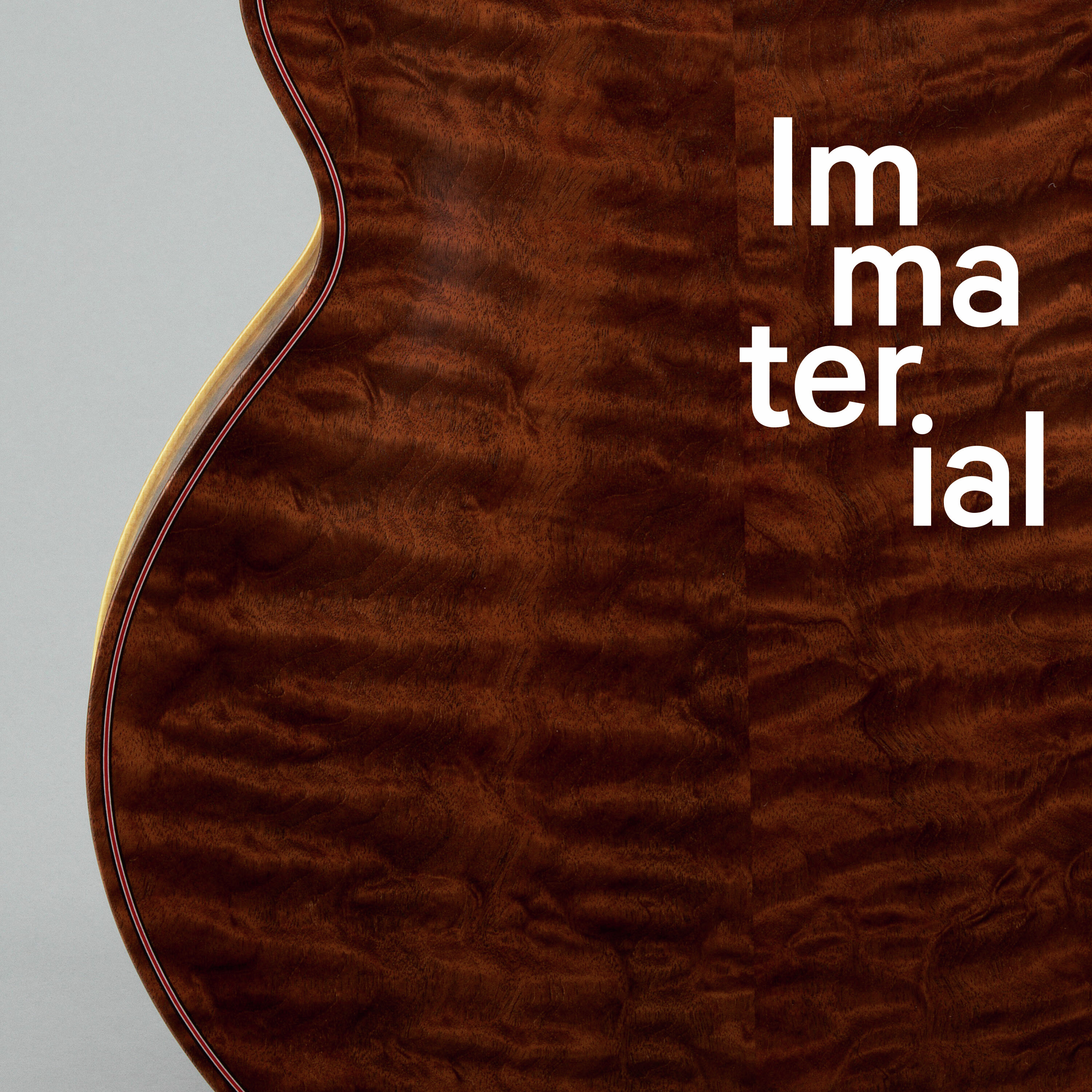Linen
Description
Take a spin through The Met and you’ll find thousands of items made from linen. From a 3,500 year old sheet from Ancient Egypt, to a Giorgio Armani suit from the 1980s, linen has been a symbol of wealth and authority. But it's also been a tool for the oppression and exploitation of enslaved people in the American South, and an engine of work and comfort in the Victorian era. Suit up as we undress the legacy of linen through its complex, layered symbolism.
Guests:
Catharine H. Roehrig, curator emerita, Egyptian Art, The Metropolitan Museum of Art
Rachel Tashijian, fashion critic and fashion news director, Harper’s Bazaar
Jonathan Square, The Gerald and Mary Ellen Ritter Memorial Fund Fellow, The Costume Institute, The Metropolitan Museum of Art
Cora Harrington, lingerie expert, founder of The Lingerie Addict, and author of In Intimate Detail: How to Choose, Wear, and Love Lingerie
Objects featured in this episode:
Length of Very Sheer Linen Cloth, ca. 1492–1473 B.C. Egypt, New Kingdom. Linen, Greatest length 515 cm (202 3/4 in); Greatest width 161 cm (63 3/8 in); Weight 140 grams (5 oz.); 46 warp x 30 weft per sq. cm. The Metropolitan Museum of Art, New York, Rogers Fund, 1936 (36.3.111)
Armani linen suits (various)
Nineteenth-century lingerie (various)
For a transcript of this episode and more information, visit metmuseum.org/immaterial
#MetImmaterial
Immaterial is produced by The Metropolitan Museum of Art and Magnificent Noise and hosted by Camile Dungy. This episode was produced by Eleanor Kagan.
Special thanks to Emilia Cortes, Jessica Regan, Mellissa Huber, Janina Poskrobko, Cristina Carr, Kristine Kamiya, Minsun Hwang, and Dr. Vanessa Holden.
See omnystudio.com/listener for privacy information.























